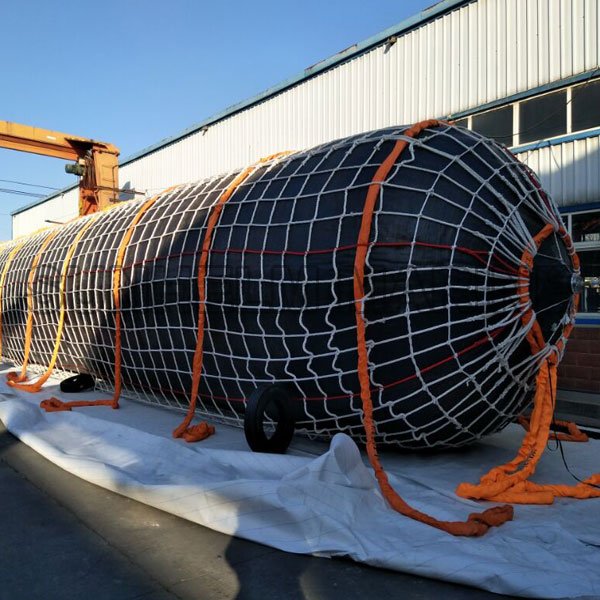Introduction
Maritime accidents can put vessels, cargo, and the environment at risk. Marine salvage is the rescue process used to save ships and goods, protect the environment, and keep sea routes open. This article explains the main types of marine salvage in active language and a simple tone.
1. Pure Salvage (Merit or No‑contract Salvage)
In pure salvage, the salvor acts without a formal agreement with the ship owner. If they succeed, they claim a reward in court. The reward usually falls between 10% and 25% of the saved value.
Pure salvage includes:
- High‑order salvage: rescuers face danger, like boarding a sinking or burning ship in bad weather.
- Low‑order salvage: safer tasks like pulling a stranded ship off a sandbar in calm seas.
To qualify, three conditions must be met: the property is in danger, the salvor acts voluntarily, and some of the vessel or cargo is saved.
2. Contract Salvage
Here, the owner and salvor agree on terms before action. The most common contract is the Lloyd’s Open Form (LOF), which often works on “no cure, no pay” – if salvors fail, they get no reward.
Contract salvage may include SCOPIC clauses to ensure payment even if no property is saved, especially when preventing oil spills or pollution.
3. Harbor Salvage
This type deals with rescue operations in ports or shallow water. Even though conditions are calmer, a quick response is vital to avoid blocking shipping lanes or causing environmental damage.
4. Shipwreck Salvage (Wreck Recovery)
This involves recovering sunken or stranded vessels and their cargo. It may use lifting, refloating, or cargo recovery techniques. In some situations, salvage focuses on valuable equipment or goods rather than the entire ship.
5. Afloat Salvage
Used when a vessel is still floating but disabled or damaged. Salvors stabilize it, pump water, and tow it to safety. Famous examples include the MV Cougar Ace recovery.
6. Clearance or Wreck Removal
In this case, salvage aims to clear navigational hazards or remove wreckage that has no salvage value. The focus is safety, passage clearance, or environmental protection.
Techniques and Use of Salvage Airbags
Marine salvage uses many methods depending on the situation. One modern tool is salvage airbags—strong, inflatable tubes that bring lift and stability.

How Salvage Airbags Work
Salvage airbags are filled with gas and placed under or beside a sunken or stranded vessel. They lift the wreck, making it easier to float or tow. These airbags come in several types: enclosed tubes, rubber airbags, pillow lift bags, steel pontoons, and parachute lift bags.
Advantages of Salvage Airbags
- Portable and light: they are small when deflated and easy to carry.
- Strong and reliable: built with multiple tire‑cord layers and no welded seams.
- High buoyancy: can lift hundreds of tonnes with controlled inflation.
- Flexible deployment: they can be slung under a vessel, used as pontoons, or placed side by side to spread load.
Use Cases
Salvage airbags are ideal when refloating small grounded ships, righting sunken craft, or assisting larger lifts.
Typical Salvage Process
- Assessment: assess the damage, danger level, and environment.
- Agreement: choose pure or contract salvage.
- Planning: pick methods like towing, diving, airbags, or pontoons.
- Execution: carry out the work—pump, patch, lift, tow, float, or right the vessel.
- Compensation: courts or contracts determine the reward based on value, effort, danger, and environmental risk.
Environmental and Future Trends
Environmental law now pushes salvors to act early to avoid spills. The 1989 Salvage Convention rewards efforts that minimize pollution.
Emerging tools like remotely operated vehicles (ROVs), drones, and advanced airbags improve safety and speed in salvage operations.
Conclusion
Marine salvage comes in two legal forms—pure and contract—and several operational types: harbor, shipwreck, afloat, and clearance salvage. Tools like salvage airbags make many jobs safer and faster. When writing about topics like types of marine salvage, use clear terms, active verbs, and include the keyword marine salvage naturally.
If you’d like help developing sections or expanding on a case study, I’d be glad to assist!


